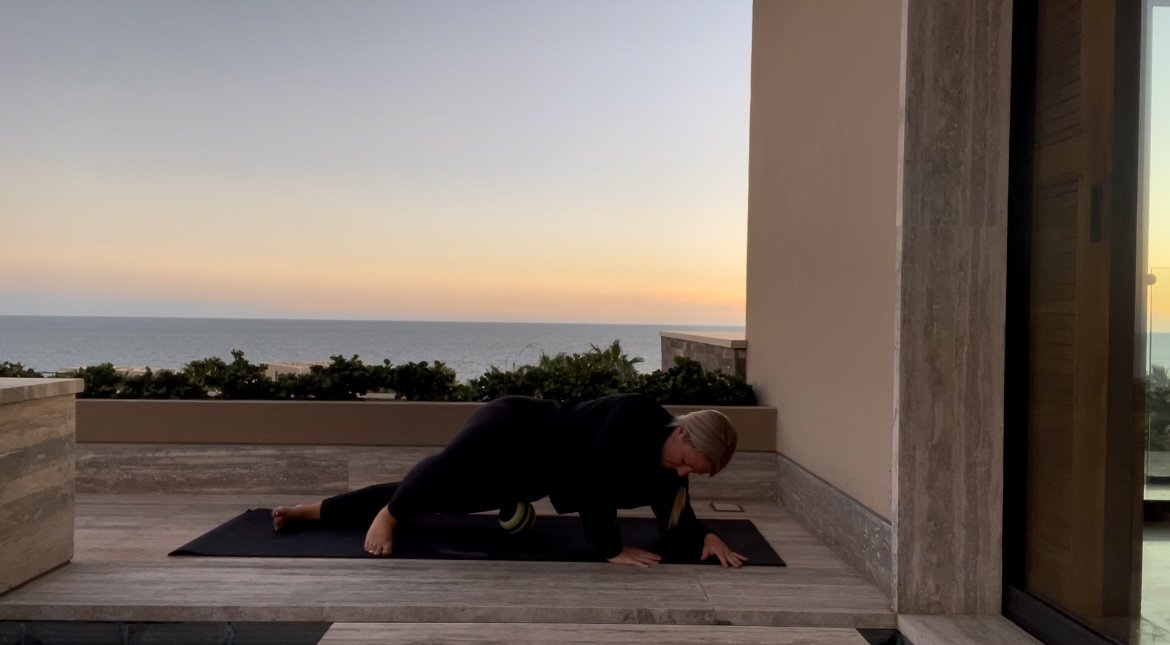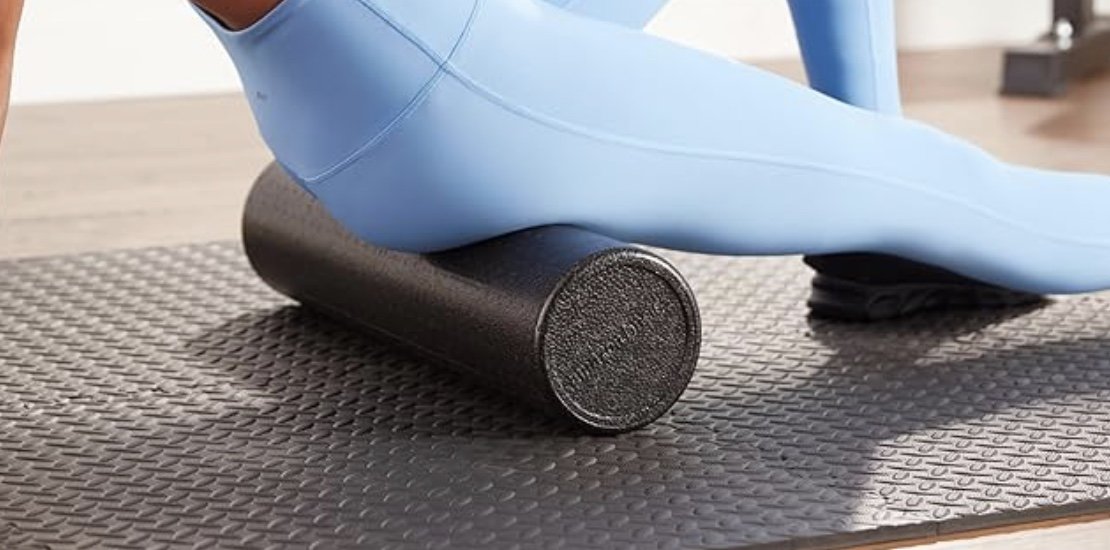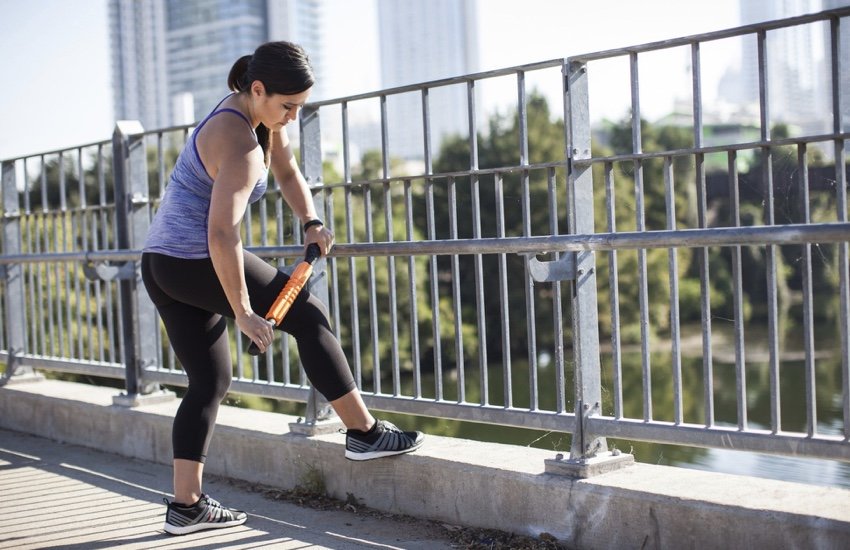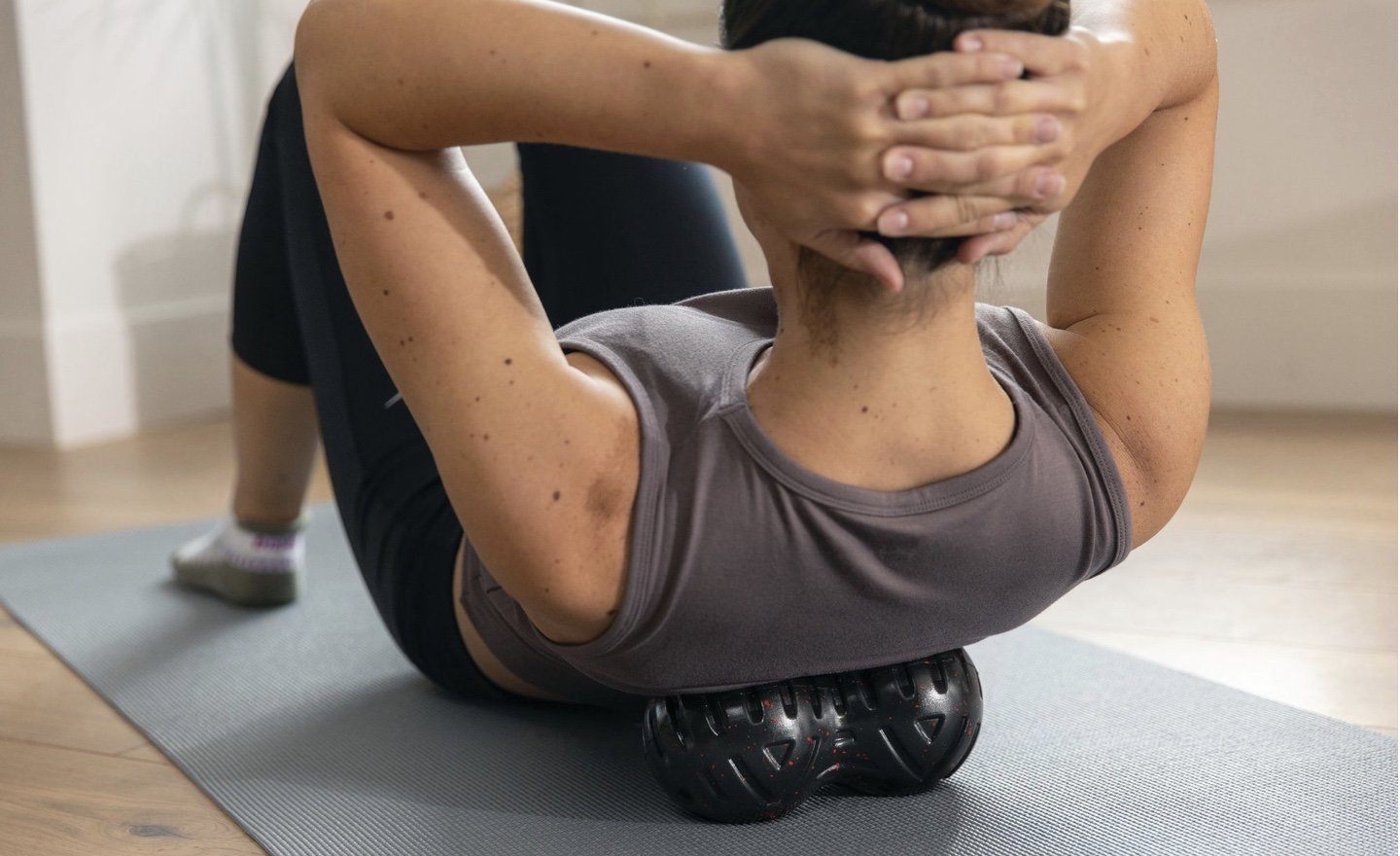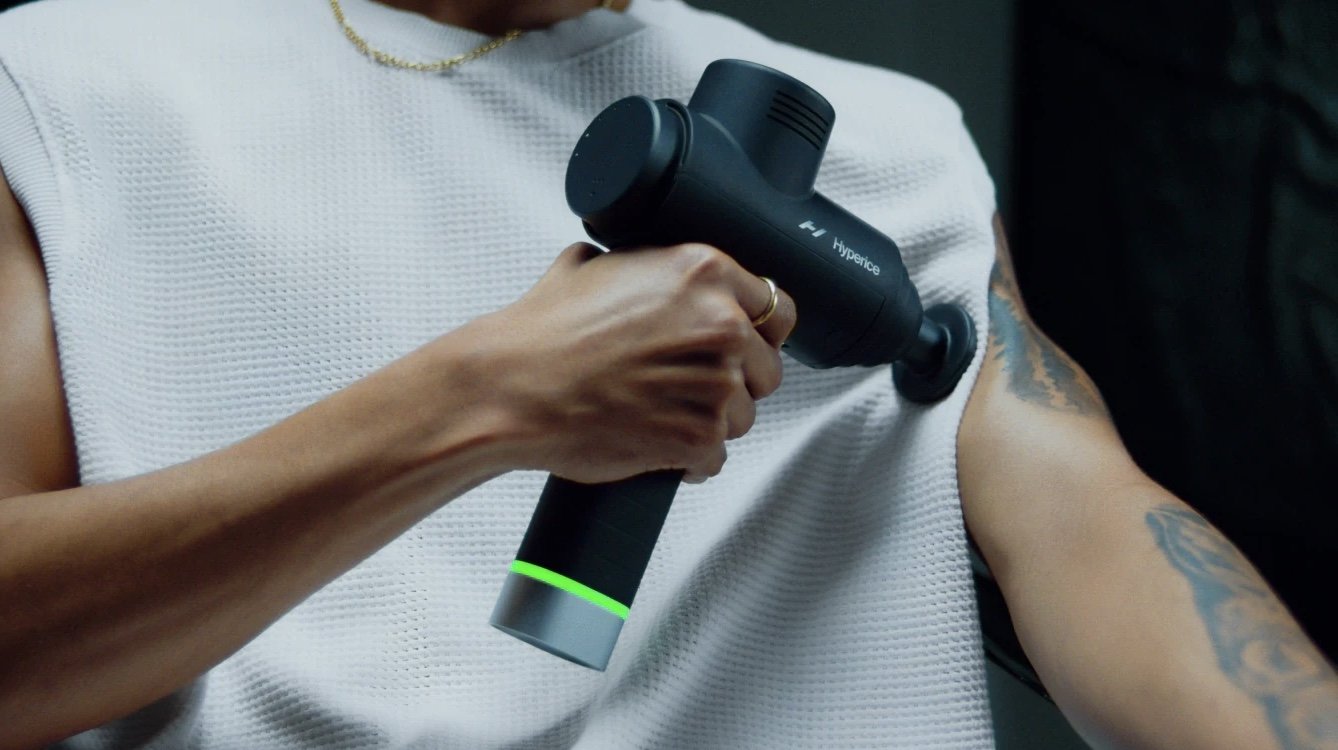Foam rolling: The Modern Treadmill We Actually Need To Use
When I was growing up, almost every household had a treadmill. It sat there with good intentions, but more often than not, it became a glorified coat rack. Today, the foam roller has taken on a similar role in many homes and gyms. Tucked away in a closet or shoved into the corner of a workout space, it’s there, ready to help—but how often do we use it? Let’s change that narrative and rediscover why foam rolling deserves its place in your daily routine.
Why Foam Rolling Matters
Mike Boyle, a pioneer in strength and conditioning, said it best: “I’m not sure what foam rolling does except make you feel better. Why are we arguing about doing something for five minutes before a workout that makes you feel better?” Boyle’s sentiment is simple yet profound. Foam rolling doesn’t need to be complicated. It’s not about overanalyzing; it’s about recognizing that taking a few minutes to roll out can improve how you feel, move, and perform. Isn’t that reason enough?
What Is Fascia and Why Does It Matter?
To understand foam rolling, we need to talk about fascia. Think of fascia as a spider web of connective tissue that holds everything in your body together—muscles, bones, and organs. When it’s healthy, fascia is smooth and pliable, allowing for easy movement. But stress, inactivity, or overuse can cause it to become tight and sticky, leading to discomfort and restricted mobility. Foam rolling acts like ironing out wrinkles in this web, restoring its elasticity and helping you move freely again.
Tools Beyond the Foam Roller
Foam rolling is just the beginning. Self-massage tools come in all shapes and sizes, each mimicking a different touch of a massage therapist:
Trigger Point Balls: Think of these as the knuckles of a therapist, perfect for digging into those hard-to-reach spots like the hips or shoulders.
Massage Sticks: These resemble the precision of a therapist’s fingers, ideal for targeting smaller muscle groups.
Nuts: Two balls joined together (like a peanut) are excellent for rolling along the spine without putting pressure on the vertebrae.
Massage Guns: Imagine a therapist’s hands delivering rhythmic percussion. Massage guns are great for covering larger areas quickly.
Each tool has its purpose, allowing you to explore and address your body’s unique needs.
Self-Massage as Self-Exploration
Foam rolling and self-massage are forms of self-exploration. They teach you to tune into your body, understand what you’re feeling, and identify whether it’s chronic tension or something new. With consistent practice, you become the master of your body, knowing how to address tightness, prevent injuries, and even reverse-engineer problems to find their root causes. It’s not just about relief; it’s about empowerment.
When and How to Foam Roll
The beauty of foam rolling is its versatility. You can do it:
Before a workout: Warm up your muscles and increase circulation.
After a workout: Promote recovery and reduce soreness.
To start your day: Wake up your body and set the tone for movement.
To end your day: Unwind and relax before bed.
The key is to match your breathing with the pressure. Picture it like a dimmer switch: when you find a bright spot (a tender area), breathe deeply and gradually increase pressure until the intensity starts to fade. It’s not about making the pain disappear instantly but about softening it over time.
Patterns of Tightness and a Foam Rolling Routine
Our bodies often develop patterns of tightness due to repetitive movements or prolonged positions. A simple foam rolling routine can help address these patterns systematically:
Start at the feet: Roll the bottoms of your feet to release tension up the posterior chain.
Move up the calves and hamstrings: Target the back of the legs.
Work the glutes and lower back: Loosen up the hips and lumbar region.
Roll the upper back: Focus on the thoracic spine.
Switch to the front: Address the quads, hip flexors, and chest.
Don’t forget the sides: Roll the TFL and lats for lateral mobility.
This methodical approach ensures you’re addressing your entire body, leaving no area neglected.
The Benefits of Consistency
The magic of foam rolling lies in consistency. Doing it regularly helps improve circulation, reduce stiffness, and increase your range of motion. It’s a small investment of time that pays dividends in how you feel and move.
Inspire Action
Foam rolling doesn’t have to be intimidating or time-consuming. It’s about starting where you are and making it a habit. I’ve created follow-along foam rolling videos on my YouTube channel to make it easy for you to get started. Think of foam rolling as your daily check-in with your body—a moment to tune in, breathe, and reset.
Let’s stop letting foam rollers collect dust in our closets. Pull it out, roll it out, and feel the difference. Because, as Mike Boyle reminds us, if it makes you feel better, isn’t that enough reason to do it?
